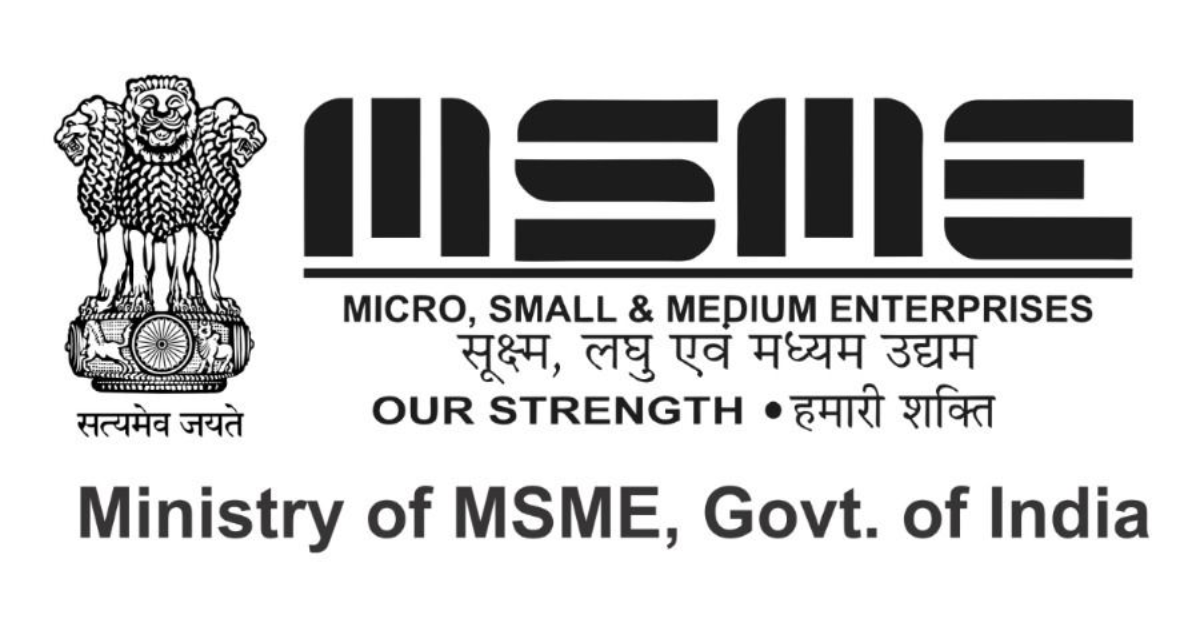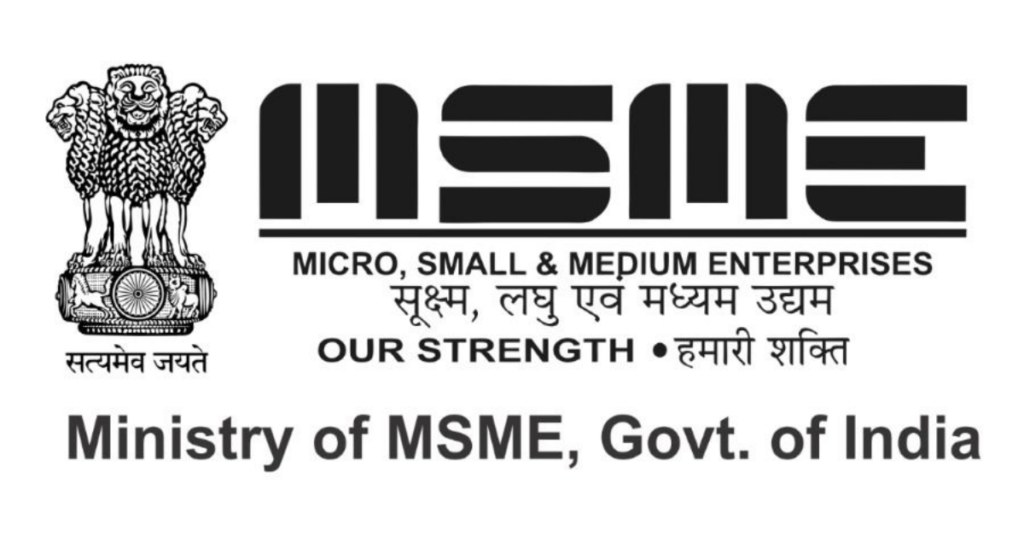
Government and Industry Collaborate to Boost India’s Toy Sector
Government and industry leaders will convene on July 8 to discuss strategies for enhancing the growth of India’s toy sector, focusing on boosting manufacturing capabilities and increasing exports. The meeting, organized by Invest India in collaboration with the Toy Association of India, aims to address key issues such as regulatory developments, India’s positioning as a global toy hub, and integrating local manufacturers into the global supply chain.
Naresh Kumar Gautam, Senior Vice-President of the Toy Association of India, highlighted that the government has already implemented several initiatives to stimulate sectoral growth. An international fair is concurrently being held from July 6-9 at Pragati Maidan, showcasing products from over 400 domestic toy manufacturers to more than 150 foreign buyers representing 35 nations. The Prime Minister’s endorsement of the sector in his ‘Mann ki Baat’ address has further galvanized efforts to bolster this labor-intensive industry.
Gautam emphasized the need for fiscal support measures for stallholders and announced the upcoming ‘Toy Industry CEOs Meet’ on July 8, which will be attended by senior officials from DPIIT, Invest India, and industry representatives.
Highlighting significant developments, Gautam noted that toy exports have surged by 240% since 2014, while imports have decreased by 52% during the same period. He underscored substantial opportunities for women, with an estimated 70% of the workforce in the sector being women. Construction has also commenced on a major toy cluster in Noida, which is poised to become India’s largest, with 150 individuals already allocated land for setting up toy manufacturing units.
















